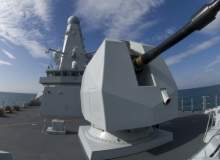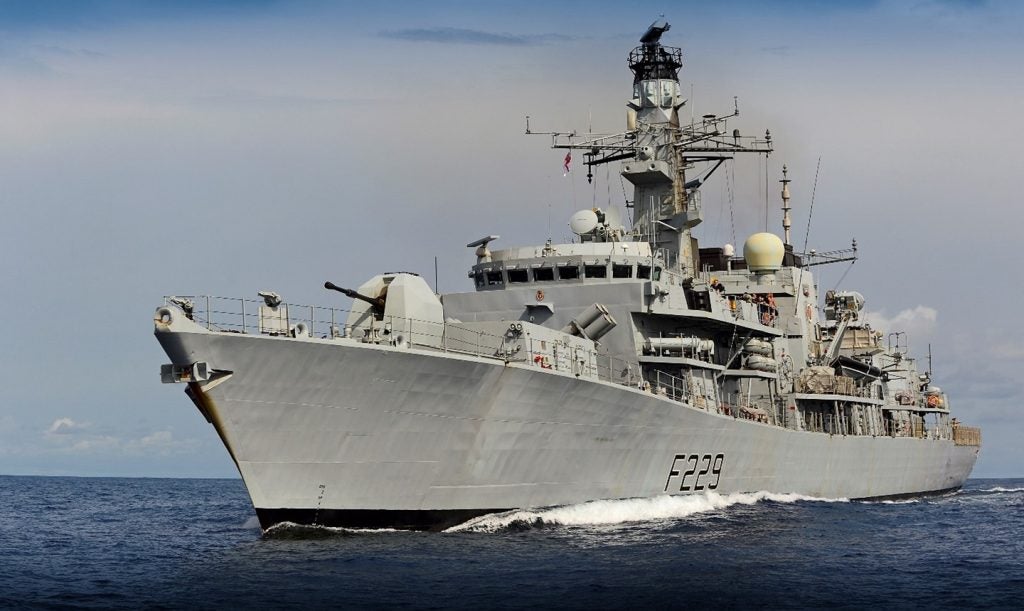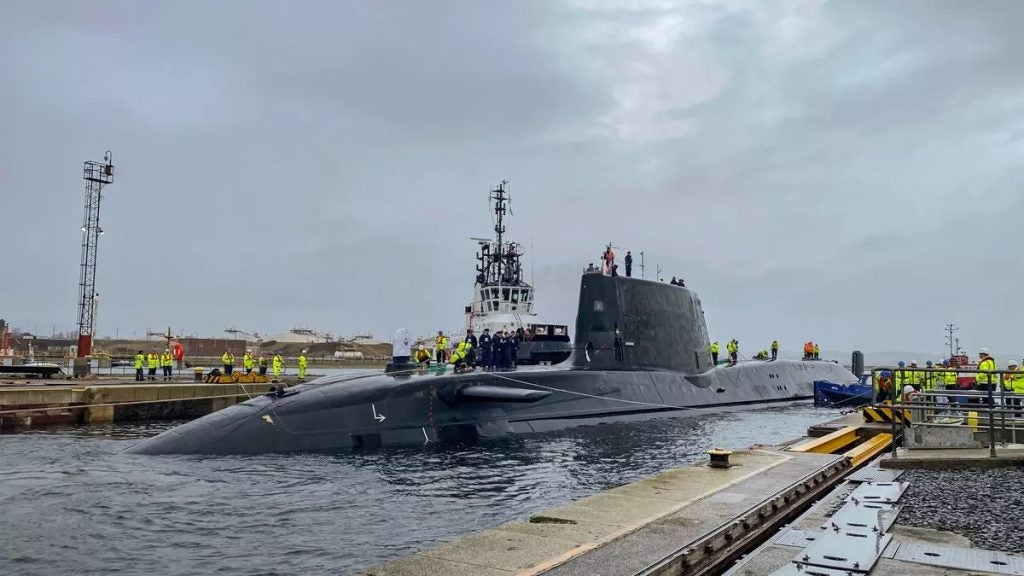
Naval-technology.com/wp-content/uploads/image-digitalinsightresearch/Archive/nri/naval/Sea%20Viper.jpg” width=”430″ />
Is there nothing the Royal Navy’s Type 45 destroyers can’t do? The six Daring-class vessels patrol the world’s oceans, taking part in missions as diverse as counter-piracy, tackling drug smuggling, hunting submarines and, vitally, defending the fleet from air attack.
Yet it may have another trick up its sleeve – the BAE Systems Sampson E/F-band multi-function radar (MFR) at the heart of its Sea Viper naval air defence system could also be used to detect and track ballistic missile targets. The success of a recent series of trials may lead to the Royal Navy deploying a maritime missile defence platform similar to the US Navy’s Aegis Combat Ship, potentially aboard Type 45s.
Compatible with active and semi-active homing missile systems, Sampson provides mid-course guidance to enable the Type 45 to defend itself and other ships in its company from attack. In Sea Viper – the British designation for the Principal Anti Air Missile System – it plays its part alongside an automatic command and control system and the DCNS Sylver vertical launching system to fire MBDA Aster 15 short-to-medium range and Aster 30 medium-to-long range missiles against airborne targets.
In its intended anti-air warfare role, Sampson can simultaneously detect and track hundreds of separate and varied targets simultaneously at ranges of up to 400km. The new trials set out to prove that by tweaking its firmware and hardware it can spot ballistic missiles too.
See Also:
Credible ballistic missile threat
The UK’s missile defence capability is very much under scrutiny with no less than the head of the British Army warning in June that Britain faces a growing threat from ballistic missiles, alongside the risk of a terrorist attack and a mounting cyber threat. In an address to the Royal United Services Union, General Sir Peter Wall said that he expected the next Strategic Defence and Security Review (SDSR), due to be held in 2015, would highlight a higher demand on the resource-strapped military to counter threats from these areas.
How well do you really know your competitors?
Access the most comprehensive Company Profiles on the market, powered by GlobalData. Save hours of research. Gain competitive edge.

Thank you!
Your download email will arrive shortly
Not ready to buy yet? Download a free sample
We are confident about the unique quality of our Company Profiles. However, we want you to make the most beneficial decision for your business, so we offer a free sample that you can download by submitting the below form
By GlobalDataThe UK Royal Navy’s Type 45 destroyers are to replace the Type 42 destroyers, which have been in service since 1978.
Given this backdrop, the Sampson trial may reflect the government’s desire to have a ‘how’ in place for the missile defence chapter of the next SDSR. It forms part of the £10m Type 45 Science and Technology (TSAT) programme which falls under the MOD’s Chief Scientific Adviser’s Science and Technology Programme. TSAT is led by the UK’s Missile Defence Centre (MDC), in partnership with BAE Systems, missile specialist MBDA and the Royal Navy.
With no dedicated test facilities in the UK, the trial took place at the US military’s Ronald Reagan Ballistic Missile Defense Test Site in September 2013 aboard the flagship Type 45 destroyer HMS Daring as part of her global deployment. The tests were organised by the US Missile Defense Agency, as part of a US Ballistic Missile Defence System Operational Test using a modified Sampson MFR.
The software and firmware modifications implemented under the TSAT programme enabled the Sampson MFR to work with the Sea Viper’s command and control system to detect ballistic missile targets rather than the aircraft for which it was designed. Sampson’s anti air warfare (AAW) functionality was switched over entirely to the experimental missile defence mode for TSAT – under the experimental configuration, the two modes cannot be used simultaneously.
The ship was positioned near launch sites at US Army Kwajalein Atoll, from which two realistic Medium Range Ballistic Missiles class targets were fired. The Sampson radar successfully tracked both targets and collected masses of high-fidelity data that BAE Systems used to confirm its performance against modelling and predictions and to shape future stages of the programme.
Les Gregory, product and training Services Director with BAE Systems Maritime Services, said: "It is always pleasing after all the experimentation, modelling and prediction to conduct a trial on this scale to demonstrate, beyond all doubt, that this capability beats all expectations. We look forward to continuing to work with the Missile Defence Centre in the future to explore these capabilities further."
Destination Type 45?
There is no programme on record to provide the Royal Navy’s Type 45 destroyers with a BMD capability, but it has been a focus of recent MDC research, suggesting it is a realistic future aim.
First Sea Lord Adm. Sir George Zambellas certainly suspects the Type 45 will be the target platform and the programme will get the official nod. "In due course this may bring strategic opportunities to the vessel," he said, following the trials.
Director of the UK Missile Defence Centre, Simon Pavitt, agrees, saying: "This work has raised the profile of the Ballistic Missile Defence potential inherent within the Type 45, and will support an ongoing Missile Defence Centre programme to further explore key issues."
According to a Janes report, a £7m follow up programme to TSAT, Type 45 Experiment Concurrency and Cueing (TECC), will aim to demonstrate that the Sampson radar and Sea Viper naval air defence system can operate in simultaneous AAW and BMD modes without having to switch between the two. TECC is due to demonstrate its results at a BMD exercise in late 2015. The recent establishment of a Maritime Theatre Missile Defence desk by UK Navy Command Headquarters would suggest a sense of urgency from the MOD.
Although already highly capable, with so few ships in class the Type 45 would benefit from adding ballistic missile defence as a new skill on its CV. With the threat of ballistic missile attack worrying the highest level of the British military, it could come to fruition sooner rather than later.
Follow Berenice Baker on Google+


.gif)




